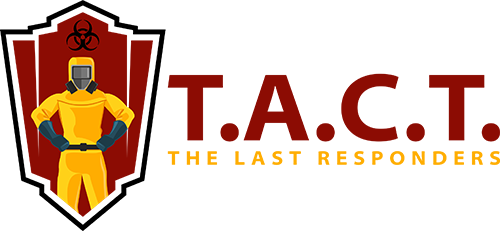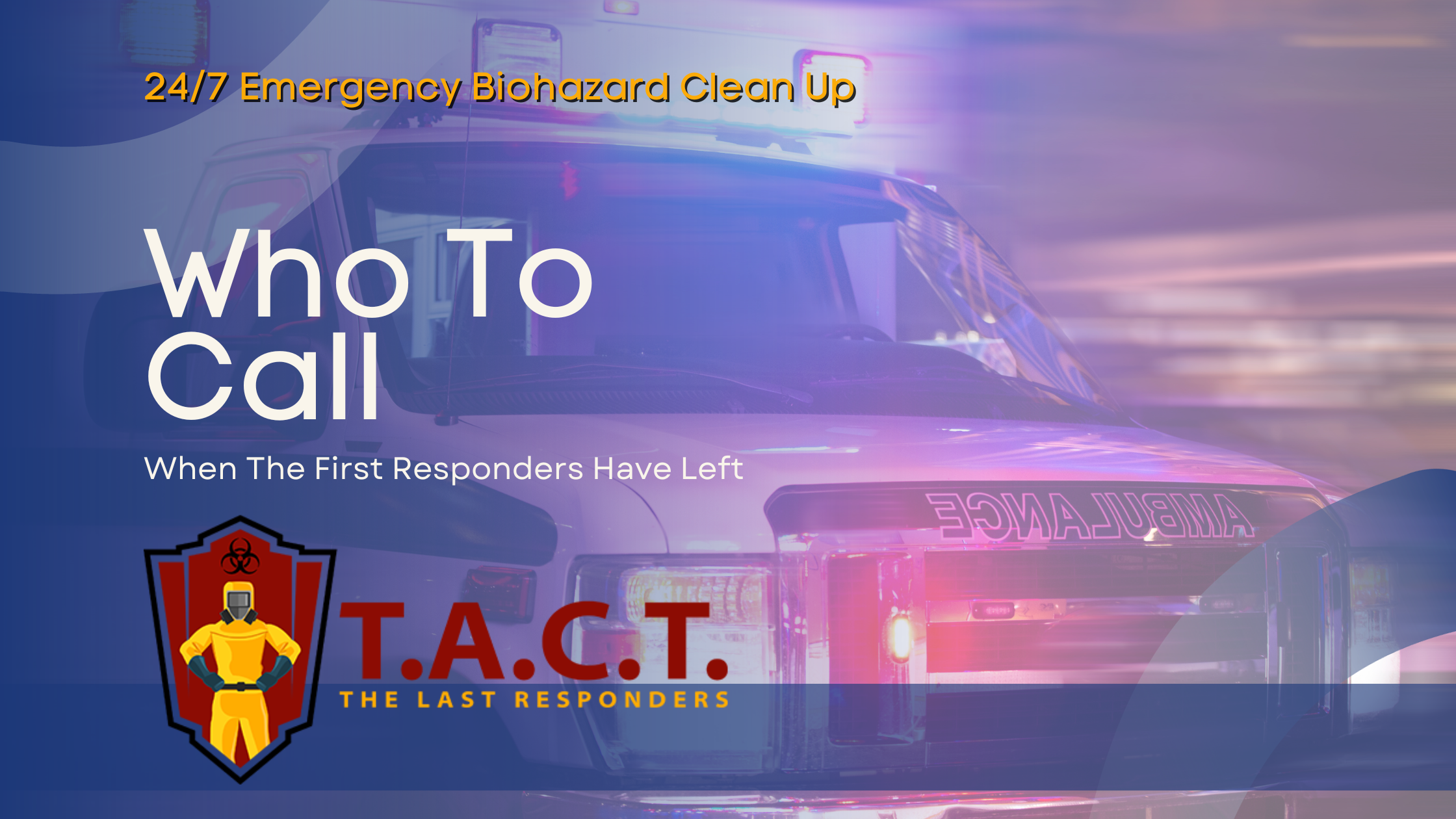The Importance of Mold Inspection & Testing
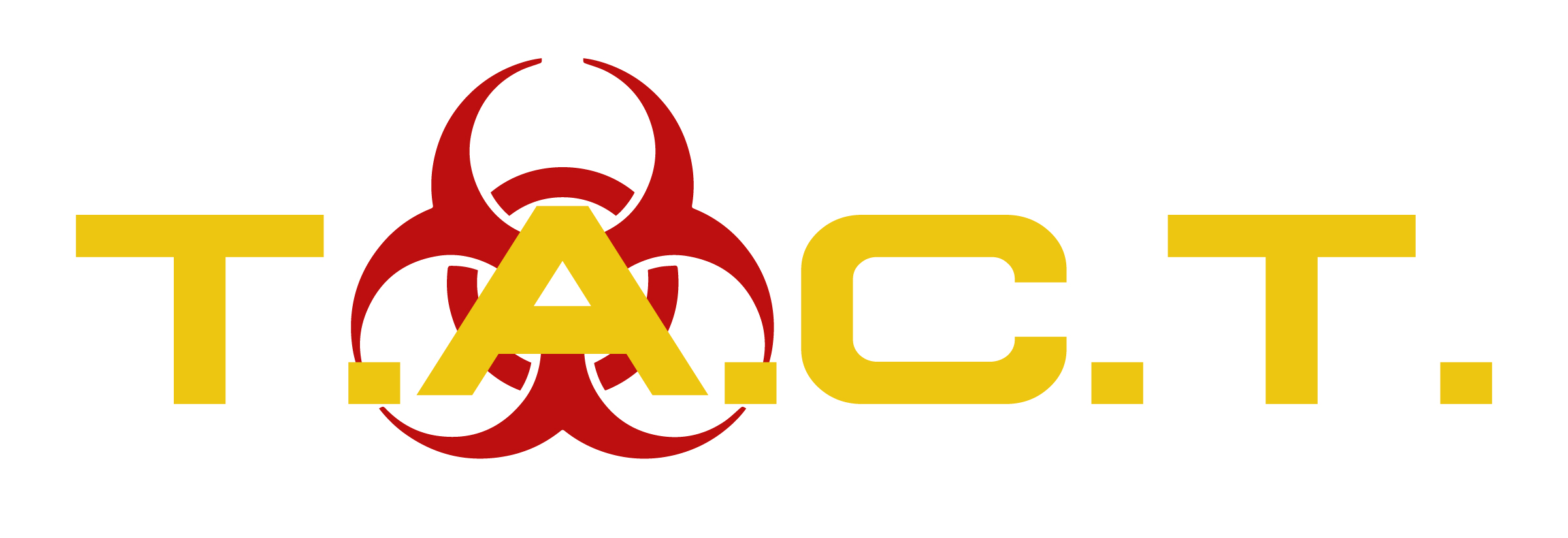
The Importance of Mold Inspection and Testing for Your Home's Safety
When it comes to safeguarding your home and your family's health, mold inspection and testing should be at the top of your priority list. Mold might be invisible to the naked eye, but its effects can be devastating—not only to your property but also to your well-being. This blog will detail why mold inspection and testing are essential, what to expect during the process, and how you can protect your home from mold growth in the future.
Understanding Mold and Its Risks
Mold is a type of fungus that thrives in damp, warm, and dark conditions. It spreads through microscopic spores that are present everywhere—indoors and outdoors. These spores can only form visible mold colonies when they land on a moist surface.
While it may seem like a minor inconvenience, mold carries significant risks:
- Property Damage: Mold can damage surfaces like walls, ceilings, floors, and even furniture by breaking down organic materials.
- Health Hazards: Mold is particularly harmful to people with allergies, asthma, or other respiratory conditions. Symptoms may include sneezing, itchy eyes, skin irritation, and nasal congestion. Long-term exposure can lead to severe respiratory issues and infections.
Signs of Mold in Your Home
Mold is not always immediately apparent, but there are some key signs that indicate its growth:
- Visible Growth:
- Look for black, green, brown, or white spots on surfaces like walls, ceilings, and furniture. Visible mold is often the clearest sign of a problem.
- Musty Odors:
- A persistent musty or damp smell is a strong indicator of mold, even if you don’t see it.
- Health Symptoms:
- If you or your family members start experiencing allergies, sneezing, itchiness, or frequent cold-like symptoms at home, mold could be the culprit.
- Moisture Issues:
- Leaky roofs, pipes, or poorly ventilated areas are prime environments for mold to thrive.
The Importance of Mold Inspection
If you suspect mold might be lurking in your home, a professional mold inspection is essential. Here’s why:
- Ensure a Healthy Living Environment:
- Mold can severely compromise air quality, and an inspection ensures your home is safe for you and your family.
- Identify Problem Areas:
- A mold inspection doesn’t just confirm existing mold; it also identifies areas likely to develop mold in the future.
- Peace of Mind:
- Even if no mold is found, an inspection reassures you that your home is safe.
- Essential for Homeowners:
- Whether you’re buying, selling, or maintaining a property, mold inspections can prevent costly surprises down the line.
The Mold Inspection Process
A professional mold inspection involves a thorough and systematic assessment of your property. Here’s what you can expect:
- Client Interviews:
- The inspector will ask questions about any symptoms, moisture issues, or previous mold problems to narrow down areas of concern.
- Visual Inspection:
- The inspector will check visible areas for signs of mold and assess ventilation systems, water-prone zones, and dark, damp spaces.
- Moisture and Air Testing:
- Tools like moisture meters and infrared cameras are used to detect hidden moisture. Air samples might also be collected to measure mold spore levels.
- Sample Collection:
- Surface or air samples are sent to a laboratory to confirm mold presence and identify its type.
Why Mold Testing Matters
While mold inspections focus on finding visible mold, testing provides a more detailed picture of your home’s mold situation:
- Precision:
- Testing identifies the exact type of mold and determines the levels of mold spores in your home.
- Source Identification:
- Testing can help pinpoint where mold growth is originating from.
- Actionable Results:
- Knowing the type of mold helps determine the appropriate remediation and prevention strategies.
Common mold testing methods include:
- Air Sampling:
- Measures mold spores in the air.
- Surface Sampling:
- Identifies mold growth on surfaces.
- Bulk Sampling:
- Analyzes materials like drywall or carpet for mold presence.
The Role of Mold Inspectors
Mold inspectors are trained professionals with the expertise to detect mold in even the trickiest spots. Here’s why they’re invaluable:
- They use specialized tools like moisture meters and infrared cameras.
- They have in-depth knowledge of mold remediation and can guide you on next steps.
- They ensure accurate results by sending collected samples to accredited laboratories.
Mold Remediation and Prevention
If mold is detected, the next step is remediation, which involves removing the mold and addressing its source. Here’s what to know:
- Professional Help:
- Hire certified mold remediators for medium to severe infestations.
- Early Action Saves Money:
- Addressing mold early prevents it from spreading and causing costly damage.
- DIY for Small Areas:
- Small mold patches (less than 10 square feet) can often be cleaned with soap and water, followed by an anti-mold treatment.
Preventing mold growth is just as important:
- Keep your home dry by repairing leaks promptly and improving ventilation.
- Use dehumidifiers in areas prone to moisture.
- Regularly clean and inspect high-risk areas like bathrooms and basements.
Costs of Mold Inspection and Testing
The price of mold inspection and testing varies depending on the property size and required tests:
- Inspection Costs:
- $300–$400 for homes under 4,000 sq. ft.
- $700–$900 for larger properties.
- Testing Costs:
- $300–$600 for professional mold tests, though complex cases can exceed $1,000.
How to Choose a Mold Inspection Service
Selecting the right service ensures accurate results and effective remediation:
- Look for experienced and certified contractors.
- Request estimates from multiple services.
- Verify if your state requires special licensing for mold inspectors.
- Choose inspectors with proven experience in remediation.
Understanding Mold Test Results
After testing, you’ll receive a detailed report outlining:
- Mold Type:
- Identifies the species of mold found in your home.
- Mold Levels:
- Measured in spores per cubic meter of air.
- Next Steps:
- Recommendations on remediation or prevention.
Ensure you understand the results and ask your inspector for clarification if needed.
Take Action Before It's Too Late
Mold isn't just unsightly; it’s a serious threat to your home and your health. A professional mold inspection and testing can protect your family, preserve your property value, and give you much-needed peace of mind.
If you’re concerned about mold, don’t wait. Contact a certified mold inspection service today to safeguard your home against this hidden hazard.
Latest news
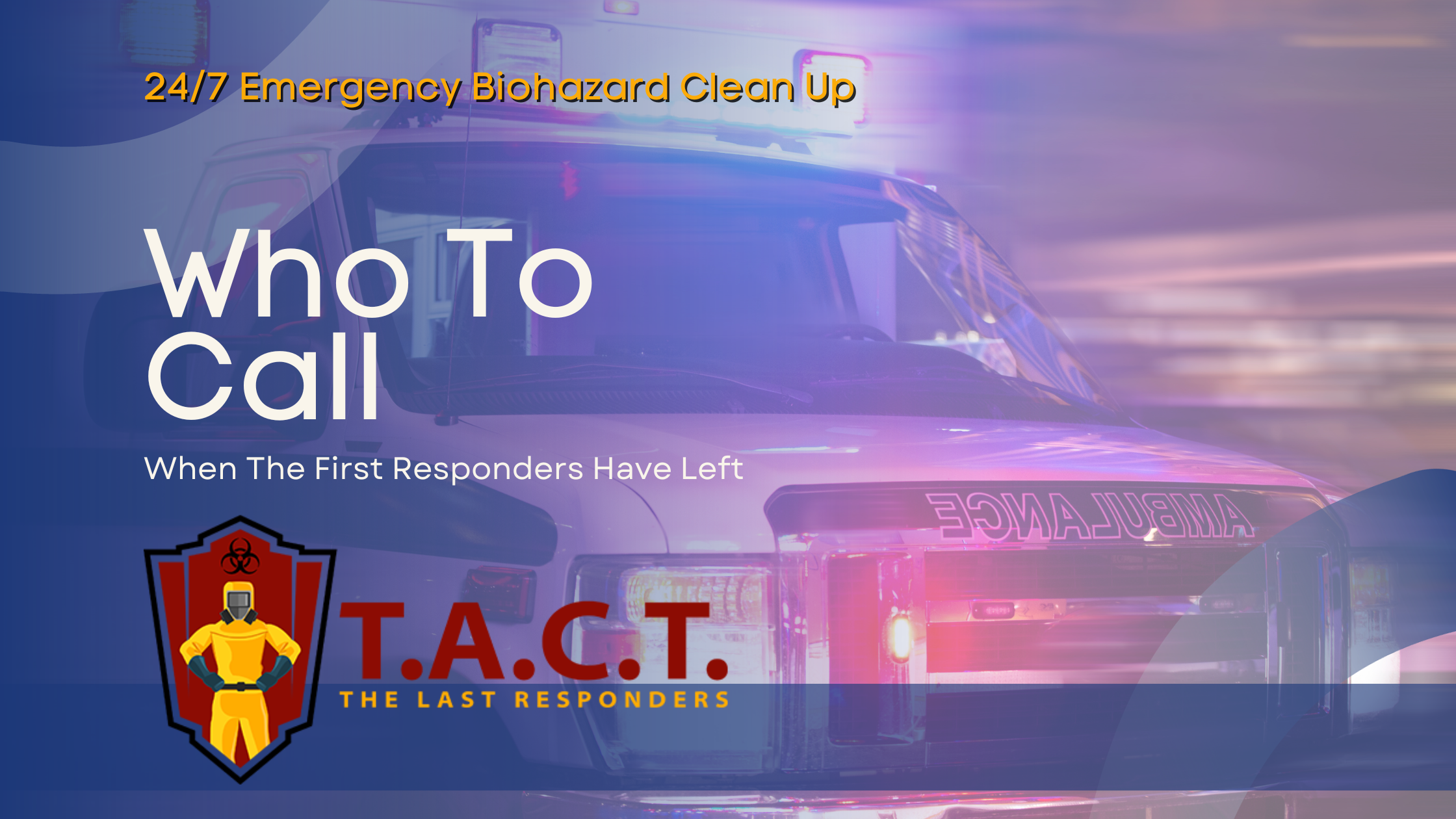
Bio Cleaning Services
Read More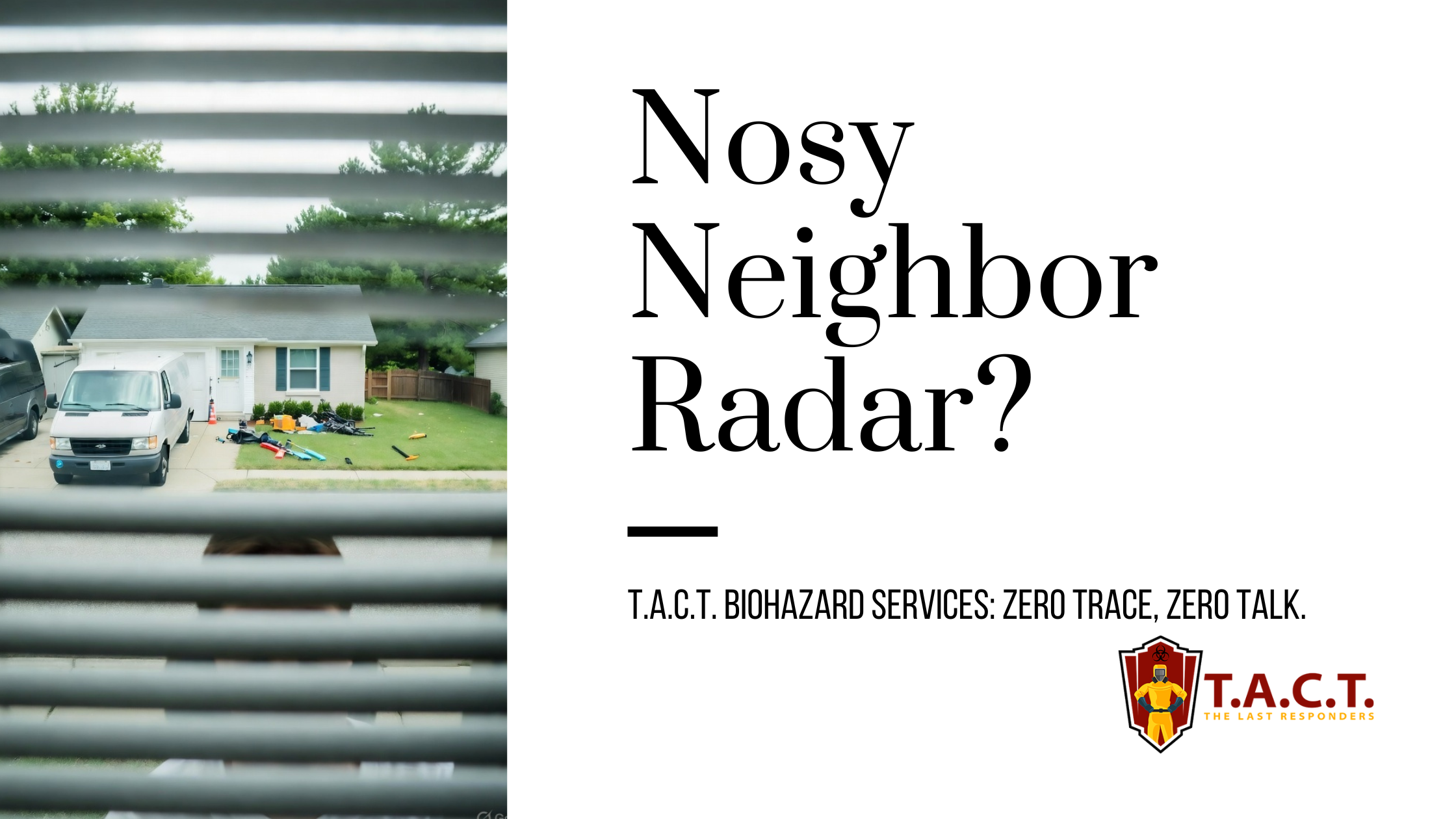
Nosy neighbors peeking? T.A.C.T. North Atlanta offers discreet biohazard remediation for rodent infestations, mold, hoarding, and more. Unmarked vehicles, quiet experts, full privacy—24/7 service at 470-781-4775.
Read More